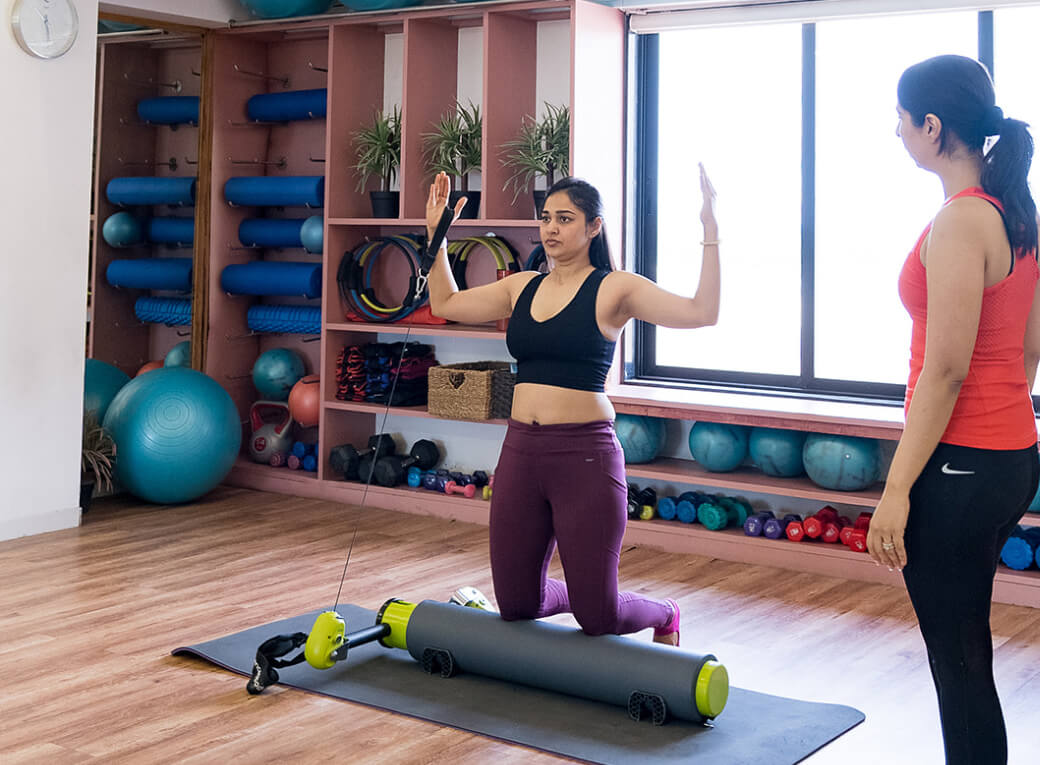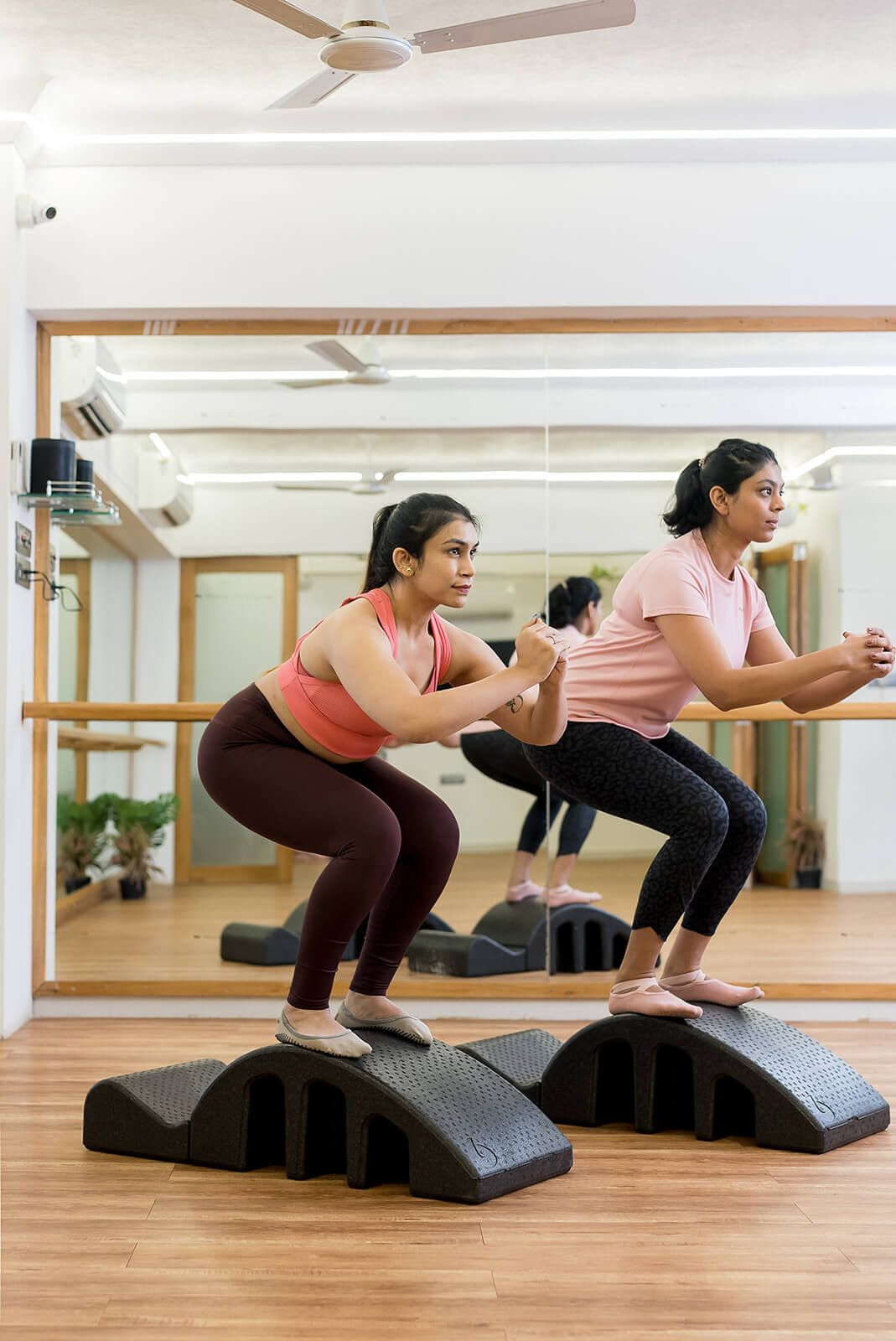Understanding Low Back Pain:
Pain is a deeply personal experience, and everyone has a different threshold for it. What might seem like a minor ache to me could be a major concern for you. Many individuals resort to painkillers at the first sign of discomfort, attempting to numb the sensation without addressing its root cause. However, acknowledging pain and its origins is essential for promoting optimal body movement.
Regardless of its intensity, pain serves a vital purpose. Pain is the body’s defense mechanism—a distressing blend of sensory and emotional responses linked to actual or potential tissue damage. When a stimulus triggers mechanical irritation or inflammation in any bodily tissue, nerves transmit this signal via the spinal cord to the brain’s pain center. In response, motor nerves may induce spasms or hinder movement. Put simply, pain is the body’s way of signaling us to halt our current actions or withdraw from a situation to shield a body part from harm or prevent further injury.
Low Back Pain is characterized by discomfort in the lumbar spine region. While pain can stem from either nociceptive (stimulus-driven) or pathological (disease-related) sources, our focus here is on pain resulting from mechanical strain in the lumbar spine.
Lumbar Dysfunction:
Given its role as the primary weight-bearing section of the spine and its pivotal position connecting the torso and hips, the lumbar spine is particularly susceptible to mechanical stresses during both standing and sitting. Prolonged exposure to such stress can induce structural alterations in the neural, muscular, and skeletal components of the lumbar spine, leading to misalignment. The body then adopts compensatory muscle recruitment patterns, resulting in impaired movement and consequent pain.
Unsurprisingly, a sedentary lifestyle ranks among the leading causes of back pain. Nonetheless, even individuals leading active lives may experience pain due to incorrect spinal posture, leading to mechanical strain and subsequent discomfort. Occupations that involve prolonged standing or bending can also contribute to lower back dysfunction. Failure to address these postural issues promptly can escalate the risk of further injury and chronic pain, underscoring the importance of striving for optimal movement health.
Achieving Optimal Movement Health:
How can one alleviate pain and foster optimal movement health? By moving! Learning to move the body correctly is key to staying injury-free and pain-free. By mastering the recruitment of appropriate muscles and correcting posture, one can gradually progress towards optimal movement health.
For individuals grappling with chronic pain, the initial step involves pain management under the guidance of a physiotherapist. Rest and rehabilitation are essential components. Subsequently, training the body to move correctly is crucial to prevent future injuries. Among various exercise modalities, Pilates stands out for its rehabilitative aspect, particularly in managing lower back pain.
Pilates for Alleviating Lower Back Pain:
In the realm of Pilates, the journey begins from within, radiating outward. By focusing on the core, we fortify the local stabilizing muscles to support and uphold the spine. This foundational step is followed by harmonizing the interplay between global stabilizers and mobilizers, enabling a diverse range of spinal movements and fostering cohesion between the upper and lower body./p>
Misalignments often manifest as imbalances, with certain muscles lengthening while others contract excessively. Through Pilates, our emphasis lies in restoring equilibrium among muscles, thereby reducing strain and mitigating discomfort.
At the helm of fitmotivation stands Dr. shilpa narang, a distinguished physiotherapist and Pilates Instructor. At fitmotivation, meticulous attention is devoted to comprehending each client’s pain tolerance. Individuals with pre-existing conditions undergo a thorough assessment to identify their limitations and tailor a customized program accordingly.
One of the standout features of Pilates is its scalability, allowing the same exercises to be performed at varying difficulty levels. Our workout regimens are thoughtfully crafted to progress from basic muscle engagement to closed chain exercises, then advancing to open chain exercises. As clients enhance their strength, we gradually introduce resistance to the exercises, culminating in functional movements tailored to their lifestyle. This systematic evolution in exercise routines incrementally fortifies the lower back, reducing its susceptibility to injuries.
Strengthening Exercises for Lower Back:
Contemporary Pilates retains the core principles established by Joseph Pilates while integrating new insights from sports science and physical therapy. This evolution has resulted in a more personalized and accessible approach to Pilates, making it suitable for people of all ages and fitness levels.
Below are some exercises aimed at strengthening your lower back. Disclaimer: Refrain from practicing these exercises if you are currently experiencing pain.



